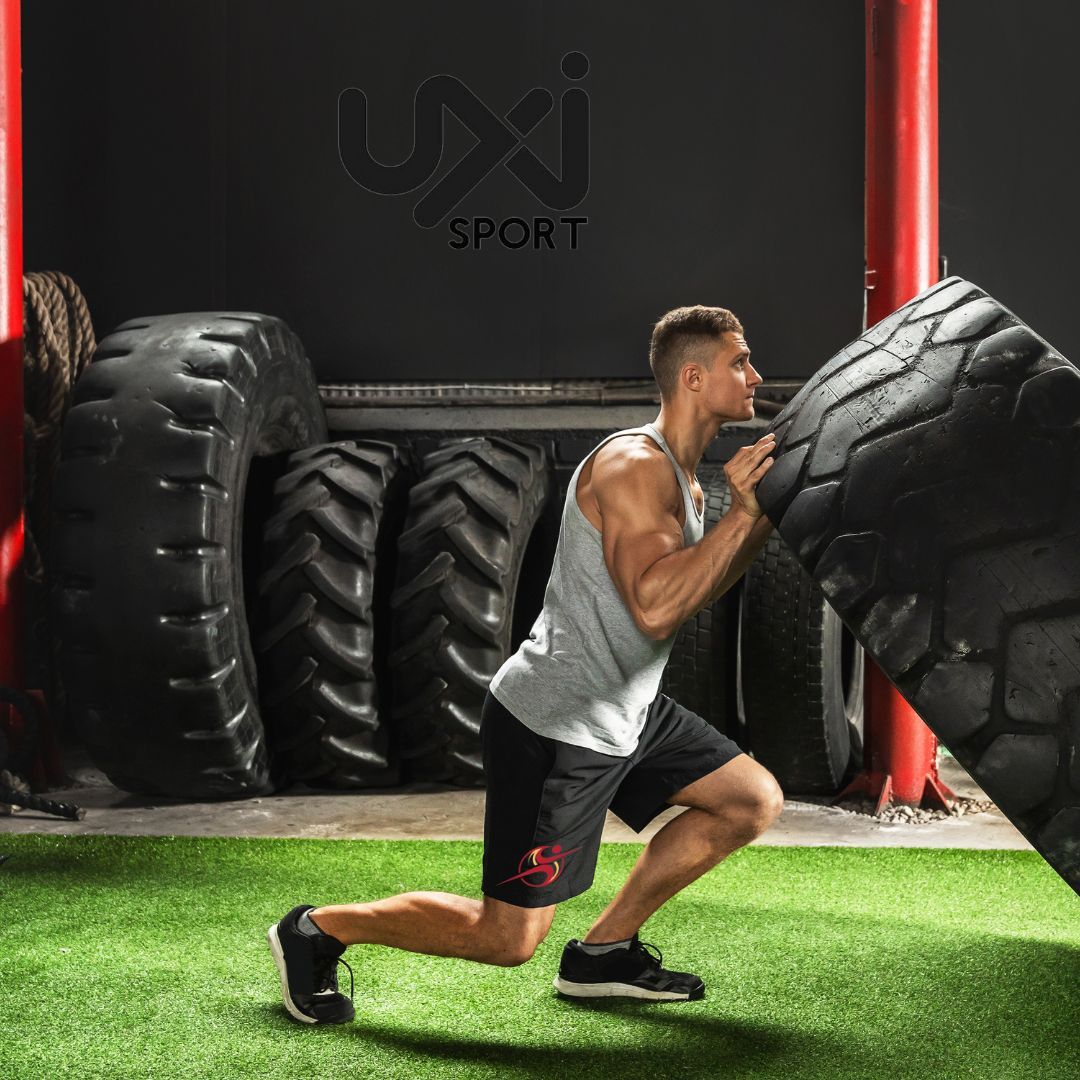
Functional Personal Training: Unlocking Efficient Movement and Optimal Fitness
Get ready to revolutionise your fitness journey with Functional Personal Training, the game-changing approach that's transforming bodies and lives! Ditch the outdated, one-size-fits-all workout routines and discover a training method that prepares your body for daily movement and real life.
Functional training focuses on movements that mimic everyday activities, improving coordination, balance, and strength. By incorporating exercises that simulate daily tasks, sports, and recreational activities, you'll build a strong, flexible, and resilient body capable of tackling life's challenges with confidence and energy. Say goodbye to boring, isolated exercises and hello to a fun, dynamic and effective way to train.
Why are more coaches moving to functional personal training?
Functional personal training has become increasingly popular in the sport and fitness industry in South Africa because there has been such a growing demand for injury prevention and rehabilitation in our sport crazy country. South Africa is one of the strongest sporting nations on earth, our coaches and trainers are increasingly focused on longevity of athletes and a quality of life.
Rugby and soccer athletes, body builders, dance athletes and sport enthusiasts are more and more seeking holistic integrated fitness approaches, strength and conditioning programmes and functional strength, flexibility and mobility techniques and engage the services of personal trainers to assist them in strength training and achieving their highest level of competition.
Sport Science has evolved and there is a greater understanding of movement and patterns supported by exercise physiology and biomechanics research. Personal trainers and coaches understand that there are limitations to traditional fitness training methods and that high injury rates are probably occurring due to repetitive and linear exercises.
How can functional personal training techniques benefit coaches?
- Coaches can deliver more engaging and varied training sessions
- They can develop specialised skills in functional fitness training therefore enhancing their own expertise
- By aligning their approaches to the latest research and industry trends in functional training coaches remain current
- Coaches embracing newer forms of training enjoy increasing credibility in industry as they establish a reputation as a forward-thinking coach
Tips to designing a functional personal training programme
Functional training requires that you sometimes use unconventional props such as tyres or ropes, sand bags, or even water-filled containers. You do not necessarily have to train with weights or machines in a gym facility. That is what makes functional training so exciting. To create an effective functional personal training programme for your clients, follow these steps:
Step 1: Client Assessment
Do a thorough fitness assessment including the medical history, posture analysis, flexibility and mobility evaluation and overall fitness goals of your client.
Identify their limitations and imbalances and make notes of the areas that can be improved before you assist your client in setting specific goals.
Step 2: Goal Setting
In setting achievable and specific goals for your client help them to categorise their goals into milestones they would like to achieve in their strength, mobility and flexibility, weight loss goals or their how they would like to enhance their overall athletic performance.
Step 3: Exercise Selection
Assist your client in choosing specific exercises that mimic daily activities such as hanging up washing, climbing stairs or getting in and out of a vehicle. This will assist them in engaging multiple muscle groups and challenge any balance and coordination issues they are facing in their sporting careers.
Step 4: Training Programme Structure
Create a periodised programme for your client that includes varying intensity and volume. Divide the programme into phases, ie. 6 - 8 weeks and ensure you include two to three main functional exercises per session with at least two to three sets of eight to twelve reps.
Step 5: Progressive Overload
Gradually increase the client’s exercise intensity and difficulty over this period and use progressive overload techniques such as the increase in weights used of the functional items chosen. Start for instance working with a 5-litre water bottle filled with water and gradually increase to training with a 10-litre or 20-litre filled water bottle. Also start varying reps.
Now implement your functional personal training programme
Remember the key to successful functional personal training programmes is to start with basic movements and progress to more complex exercises. Focus on movement quality and proper techniques for your clients. Make sure that you incorporate variety into your training programmes to avoid plateaus. And keep on challenging your clients with the use of progressive overload techniques to ensure your clients remain challenged, engaged and motivated to achieve their goals.
Conclusion
Designing a functional personal training programme requires a thorough understanding of the client's needs, goals, and movement patterns. By following these guidelines, fitness professionals can create effective training programmes that enhance functional strength, mobility, balance, and overall fitness.
With functional personal training, you'll not only help your client’s achieve their fitness goals but also enhance your client’s overall quality of life - from playing with their kids to hiking with friends, and everything in between!